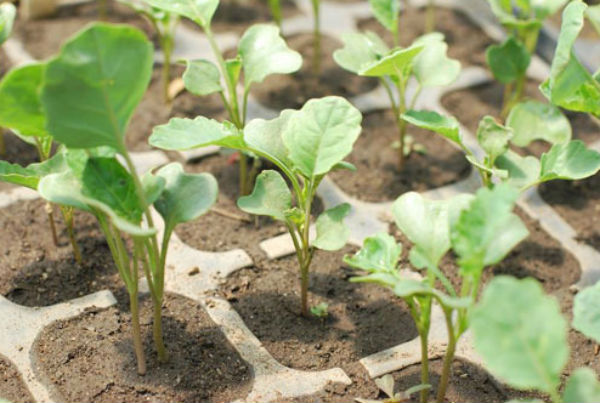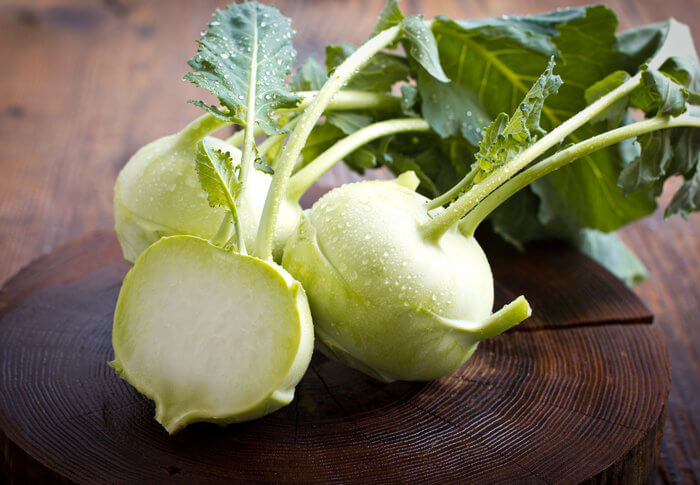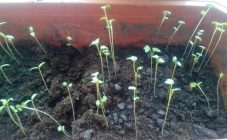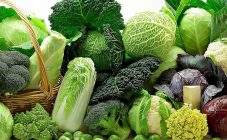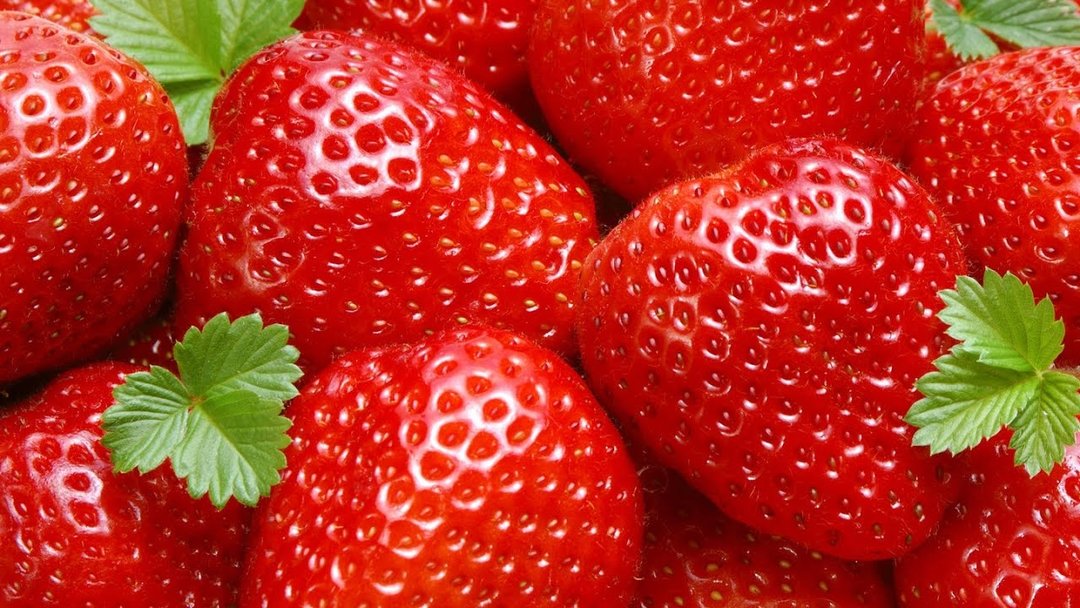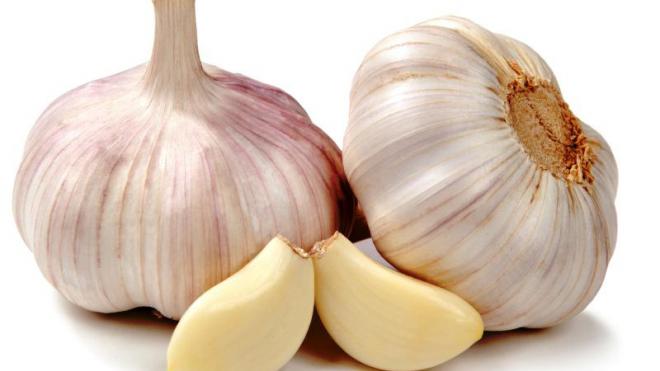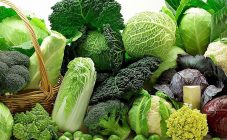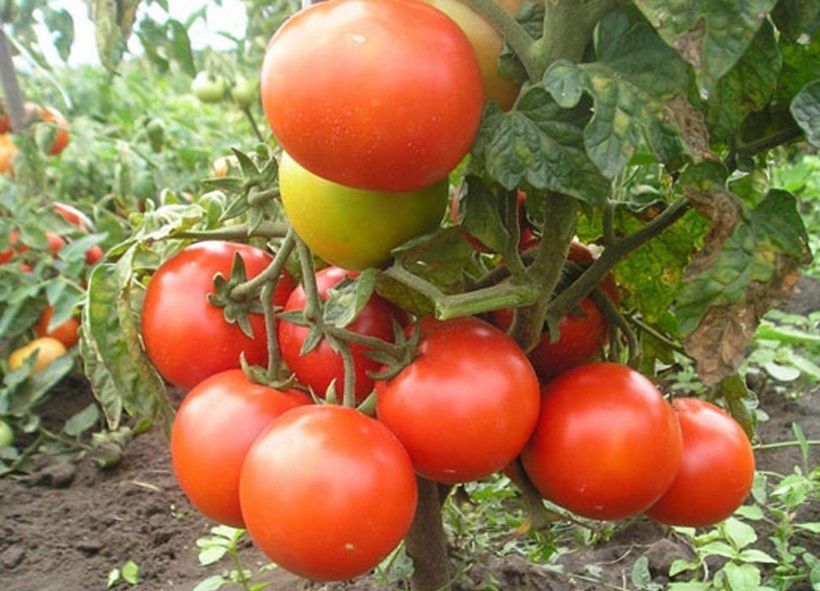Content:
Cabbage is one of the popular crops in the beds of every gardener. It is used in preparations for the winter period, consumed fresh, and hot dishes are prepared from it. Getting a good cabbage crop can be difficult, as the plant is attacked by pests and is susceptible to many environmental factors.
It is worth considering when planting what temperature cabbage seedlings withstand. It depends on how soon a young plant will take root, and also a head of cabbage is formed.
Description of cabbage
Cabbage by its origin is a biennial plant. In the first year she gives a head of cabbage, and in the second year - seeds. In industry, some farms grow crops to obtain seeds, but gardeners are engaged in cultivation only to obtain a head harvest.
Popular species and varieties
In the bulk, white cabbage is grown everywhere. Of the huge list of varieties, the most popular are:
- Belarusian 455;
- Sail;
- Kazachok,
- Glory 1305
- Moscow late;
- Dietmarscher Fruer.
All of them gained their popularity among summer residents, due to their taste, good keeping quality and resistance to temperature extremes, damage from pests and diseases.
Among exotic species, for example, broccoli are popular varieties:
- Lucky;
- Lazarus;
- Marathon;
- Lord;
- Batavia.
They grow well outdoors and in greenhouses. Withstand temperature drops up to minus 20C. The value of the varieties lies in the rapid formation of heads and the duration of storage.
Popular varieties of this species:
- White beauty;
- Amerigo;
- Movir;
- Goat Dereza;
- Express;
- Snowball.
In recent years, kohlrabi began to be eaten in the post-Soviet space. In warmer areas, it is grown even outdoors. Its value is the root head. In terms of vitamin composition and dietary fiber content, it is not inferior to the white-headed species.
Common varieties:
- Violet;
- Giant;
- Delicacy white;
- Goliath is white;
- Vienna blue;
- Viennese white.
Agricultural rules
Spring sowing, which takes place in early April (in warm zones - 2-3 weeks earlier), should be accompanied by hardening of the planting material. The seeds are immersed in a container of warm water. It takes about half an hour to keep them in it. After which they are slightly dried and transferred to a cool container.During the hardening process, etching can be carried out by adding a fungicide to the liquid.
After sowing seedlings in open ground, it is imperative to cover the crops with spunbond or film. This will protect the seedlings from frost in early spring. If there is a fear that the soil will freeze and the seeds will not germinate, you can sow them in cups. You can keep young plants in them until the plants become cramped.
Gradually, the container with the culture can be taken out into the street for hardening, and later transferred to an unheated greenhouse. Seasoned seedlings will no longer be able to freeze. This method of growing for seedlings is also good in that you do not need to plant each potato separately, thus there is less injury to young seedlings.
Cabbage and frozen
Slight drops in temperature can withstand seedlings of any type of culture. Short-term suppression will not interfere with plant development and will not affect leaf formation or head formation in any way. An adult cabbage plant can withstand frosts up to 7 degrees in the fall. Now more about how cabbage tolerates frosts, and how to mitigate their impact on the culture.
There are many proven ways to protect against frost:
- Smoke. It is used both in early spring, when the temperature is still unstable, and before harvesting. Small bonfires are laid out in several places (along the edges of the beds). The smoke curtain softens the negative temperature;
- Sprinkling. Crops are sprayed with warm water using a fine spray. In the process of freezing the sprayed water, heat is released, which the plants receive;
- Thermal insulation. Artificial covering the beds with foil, cloth, paper protection - all this helps to prevent freezing of the ground and freezing of plants;
- Top dressing. Feeding rescues gardeners in the northern zones. Fertilizing with phosphorus-potassium fertilizers increases the resistance of young plants to frost up to 5 degrees.
Negative temperatures
Frost affects different varieties and varieties of this culture in different ways. Some are able to withstand up to minus 10 degrees, others cannot tolerate even at minus 1, they begin to become fragile, get sick and require urgent rehabilitation. Therefore, it is difficult to give an exact answer whether cabbage is afraid of frost, since it is all individual.
What negative temperature conditions the cabbage can withstand:
- White-headed during development is able to withstand up to 5 degrees of frost. If the temperature is lower, the yield will be much worse. Before harvesting, the formed head of cabbage can hold well even at minus 10;
- Peking cabbage (seedlings) tolerates temperatures down to minus 2 degrees. A mature (adult) plant can withstand frosts down to minus 5 degrees;
- Cauliflower is not so stable, at any stage of development it is maximally able to withstand up to 2 degrees of frost and no more than 2-4 days;
- Broccoli in the seedling stage of development, if the spring is cold, can tolerate temperatures of minus 2 degrees well. An adult crop plant feels fine at minus 5 degrees.
Cabbage, especially white cabbage varieties, tolerates frosts well, so today it can be seen on the plots of gardeners and summer residents in almost all regions of the country, even in the Arctic. What negative temperatures cabbage can withstand at different stages of development is mentioned above.
A phenomenon such as frost does not give pleasure to gardeners during spring planting or before harvesting. How to reduce possible losses, and cabbage withstands frosts in the seedling stage of development to how many degrees, is described in this article.
Seedlings for a good harvest
To get excellent material for diving or landing in open ground, you must follow a number of rules:
- It is worth making a temporary covering greenhouse - under a film or agrofibre. This will save time for hardening, which will need to be carried out regularly after germination and as the seedlings grow;
- Sow seeds in well-moistened, fertilized soil. The land should be "light", then the seedlings will grow faster;
- When the seeds sprout, it is necessary to create conditions under which the temperature should not rise above 7-10C in the first 2-3 days. At the same time, ventilation and illumination are increased, otherwise the plant will begin to grow, strongly stretching upward. With such seedlings, good seedlings will not work, and everything will have to be sown again;
- It is necessary to monitor nighttime temperature rises - they must be avoided, therefore, it should be maintained at 4-5 ° C below daytime. When the seedlings get stronger, and obvious "favorites" will be visible, it is worth ordering the garden bed and removing weak plants.
How many degrees of frost the cabbage can withstand is detailed above. Gardeners should be aware of the effect of frost on the development of plants, so that this does not entail losses in the yield.
